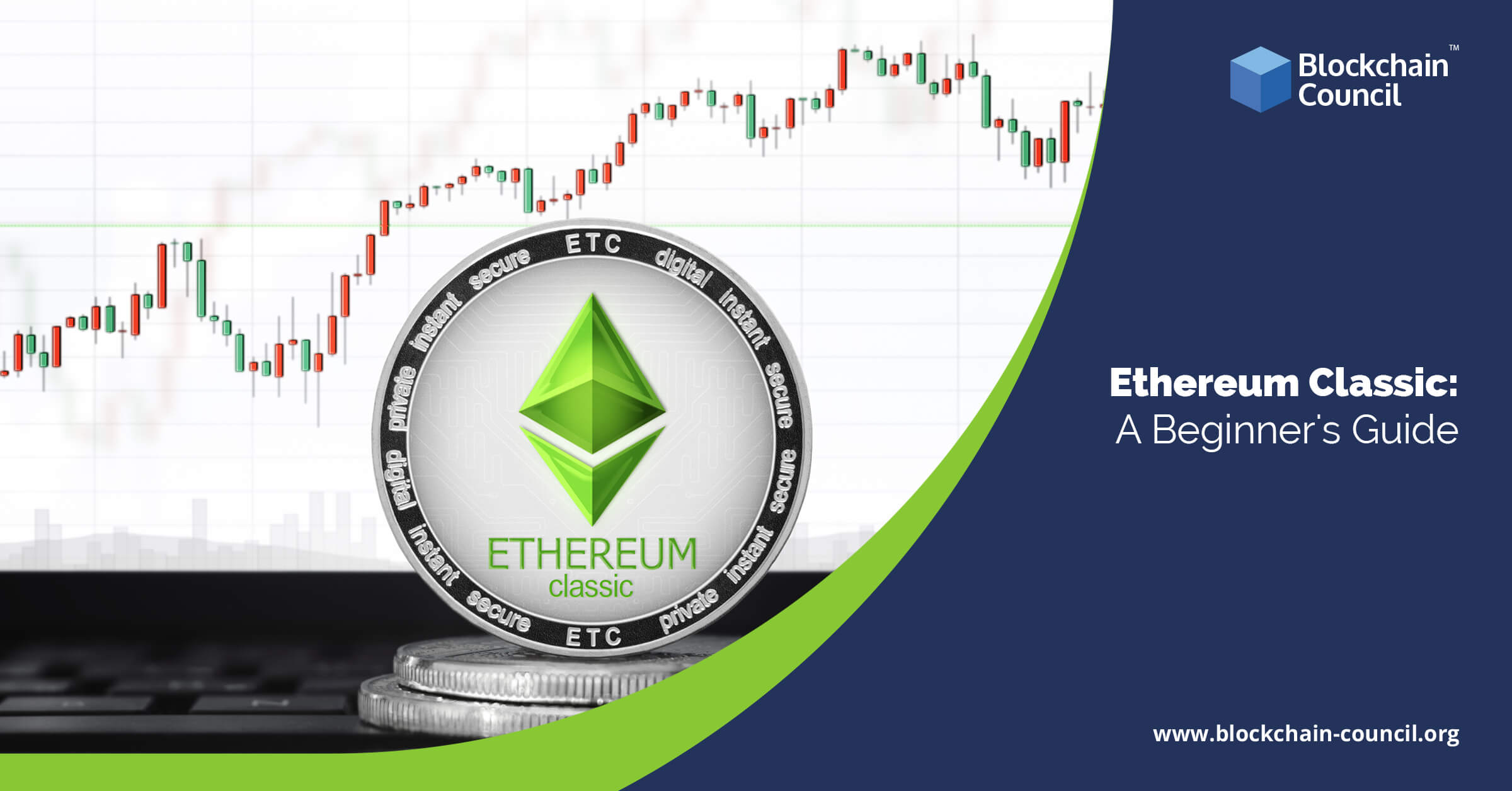
- Avinandan Banerjee
- November 04, 2022
Ethereum Classic is the original blockchain of the cryptocurrency Ethereum, which provides the ability to create decentralized applications and execute smart contracts. It owes its appearance to the unwavering loyalty of developers to the basic principles of blockchain technology. The project symbolizes the importance of the interchangeability of cryptocurrencies and the immutability of their blockchains.
Hard fork
Based on the Ethereum platform, a smart contract DAO (from the Decentralized Autonomous Organization) was created. In essence, DAO was a venture fund whose funds were to be distributed by investor voting.
The main advantage and at the same time disadvantage of the smart contract was its autonomous execution. A system malfunction allowed an unknown hacker to steal 3.6 million ethers from DAO. The creator of Ethereum and most members of the community decided to do a hard fork, returning the blockchain to its previous state, block 1,920,000, to return the money to the owners.
The blockchain that remained unchanged after the fork is now known as Ethereum Classic or ETC. The part of the community that continues to own and support it is convinced that external forces should not affect the invariability of the blockchain.
The Ethereum blockchain was split in July 2016 by changing the protocol to preserve the entire transaction history and private keys. People who had ETH on their balance until the hard fork received as much ETC as they had ETH in the original blockchain.
After a flurry of attacks on several Ethereum forums on Reddit, the ETC developers published a “Declaration of Independence” in which they expressed their commitment to the idea of a decentralized and uncensored open blockchain:
“The code is the law. The Ethereum Classic code will not be modified that violates the properties of immutability, interchangeability or inviolability of the registry. Transactions and history of the registry can in no way be canceled or changed.”
Obviously, these principles no longer corresponded to the philosophy of Ethereum, and the paths of the developers of ETC and Ethereum Foundation diverged.
The Ethereum cryptocurrency community was dominated by the idea that after the hard fork, another version of the platform would simply disappear, but by enthusiasts who disagreed with the decision on the hard fork, mining and trading on it were continued.
After going public (as early as July 23, 2016, ETC tokens were added by Poloniex), the Ethereum Classic rate was below $ 1 per 1 token, and by January 2018, it had reached above $ 40.00 per 1 ETC. At the end of 2018, quotations decreased and stabilized in the range of $ 5.00- $ 12.00, but from April 2021 the ETC began to grow rapidly, “jumping” from about $ 14 to $ 143 per coin in just one month. Now its rate is at $ 67, however, it is very likely that in the future it will grow significantly.
ETC is consistently in the top twenty cryptocurrencies in terms of market capitalization.
Find more statistics at Statista
Where to buy ETC?
You can buy Ethereum Classic for BTC or ETH – for example, on the Bittrex or Poloniex exchanges, or directly for dollars – for example, on the Bitfinex exchange.
Where to store ETC?
The ETC Wallet, specially designed for transactions with Ethereum Classic, is suitable for fast transactions. It does not require the installation of any software and special knowledge on the part of the user, because it is very simple.
Multicurrency desktop wallets, such as Jaxx and Exodus, are more sophisticated to use, but also safer, and the safest way to store it is the Ledger Nano S hardware wallet.
Smart contracts
Smart contracts were invented by Nick Szabo back in 1994, but at that time there were no decentralized platforms to store them safely. Blockchain has become an ideal platform for smart contracts. Smart contracts are created on the basis of the Ethereum Classic blockchain and the conditions laid down in them are fulfilled automatically. At some point, the development of this technology could lead to the disappearance of countless intermediaries in banking, file storage, insurance, identification, reputational services, etc.
Performs contracts based on Ethereum Classic Turing-complete virtual machine Sputnik VM. A Turing-complete machine is able to simulate the operation of a Turing machine. The principle of Alan Turing’s hypothetical machine is to act with a string of zeros and ones capable of simulating any computer algorithm. No one has been able to prove that a computer can do more than a Turing machine, which means that SputnikVM is capable of executing any program encoded in it. The idea of Ethereum Classic is not only to decentralize the currency but also to create a global decentralized computer.
Virtual machine support brings financial bonuses to ETC nodes (network nodes) – a reward for conducting transactions related to contracts.
Emerald tools for developers
The logical consequence of the uniqueness of Ethereum Classic-based developments was the emergence of an exclusive set of Emerald tools for creating decentralized applications. It includes a user interface, directories and assembly tools. Because Ethereum Classic is a platform whose main task is to attract the maximum number of developers to create programs based on it. The developers focus on the so-called Internet of Things (IoT). Blockchain-based smart contracts are ideal for simple transactions between machines running on a distribution network and using an intercomputer protocol. From this point of view, the most obvious area for their practical application is the Internet of Things.
The number of coin emissions and the stability of the network
In terms of mining and coin emissions, ETC is strikingly different from ETH. The Ethereum blockchain includes a so-called complexity bomb, a mechanism that gradually complicates mining. Eventually, it will force all miners to switch to the Proof of Stake algorithm. ETC developers, in turn, have suspended the “complexity bomb”.
On average, the processing time of the unit takes from 10 to 14 seconds, and the reward for each of them is 5 ETC. Due to the high speed of the process, transaction fees remain quite low and amount to about 1 cent.
The Ethereum Classic will remain inflationary until 2025, when all 210 million network tokens will be issued. Ethereum has no plans to limit the issuance of tokens, and at the moment the developers expect to continue to follow the inflation model. ETC believes that such a monetary policy will make investments in Classic safer because the value of coins will not decrease over time due to the endless increase in supply.
Competition
ETC, without a doubt, is forced to compete with worthy opponents. These include not only the obvious opponent in the face of Ethereum but also all other providers of smart contracts. However, representatives of the ETC community say they are not focused on tracking the development of competing technologies, but on partnerships and complementary solutions. It is worth noting that ETC significantly outperforms some smart contract providers in terms of decentralization.
Conclusion
By investing in ETC, you know that you are investing in a project, one of the main values of which is the immutability of the blockchain. His team members hope that in the long run, loyalty to the basic principles will be a winning strategy. As for ETH, there is already a precedent of a hard fork in its history due to the decision of a minority of influential members of the community, and this may happen again in the future.
It is important to remember that cryptocurrencies originated from the ashes of a ruined banking system. Satoshi Nakamoto created decentralized blockchains in response to corruption in the financial sector, and “the unchanging blockchain was conceived as a technology-free of the human propensity for corruption.” Thefts of cryptocurrencies have happened once and probably will happen again. Where is the limit beyond which there is a real need for artificial intervention in the work of the blockchain? The developers of ETH crossed this “red line”, and the creators of ETC crossed it again.

































































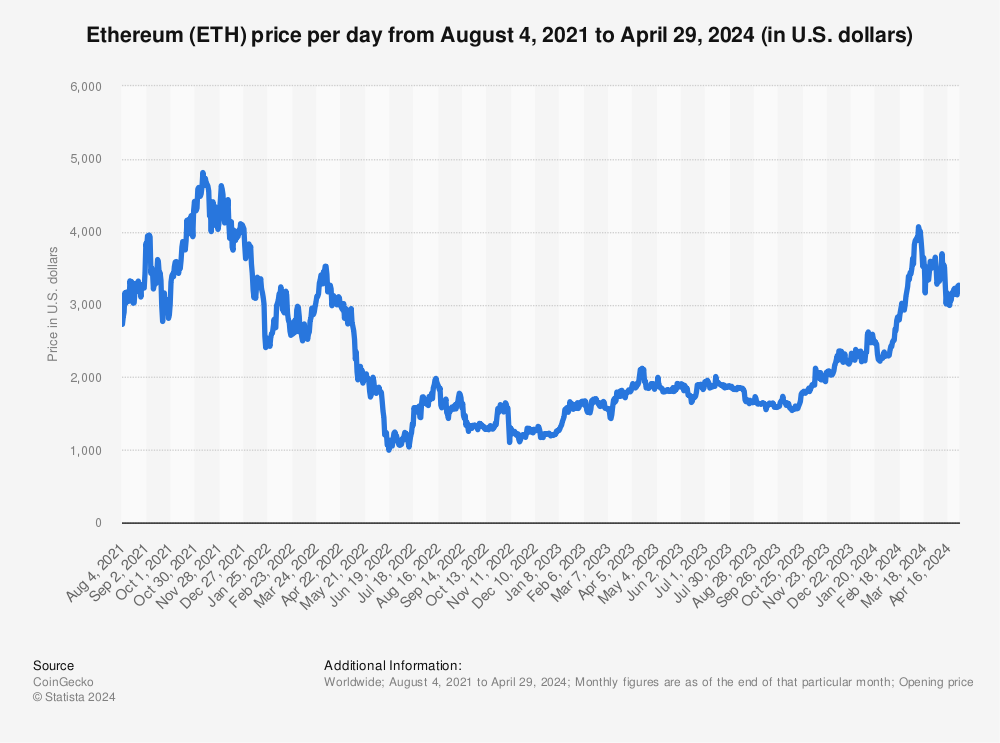

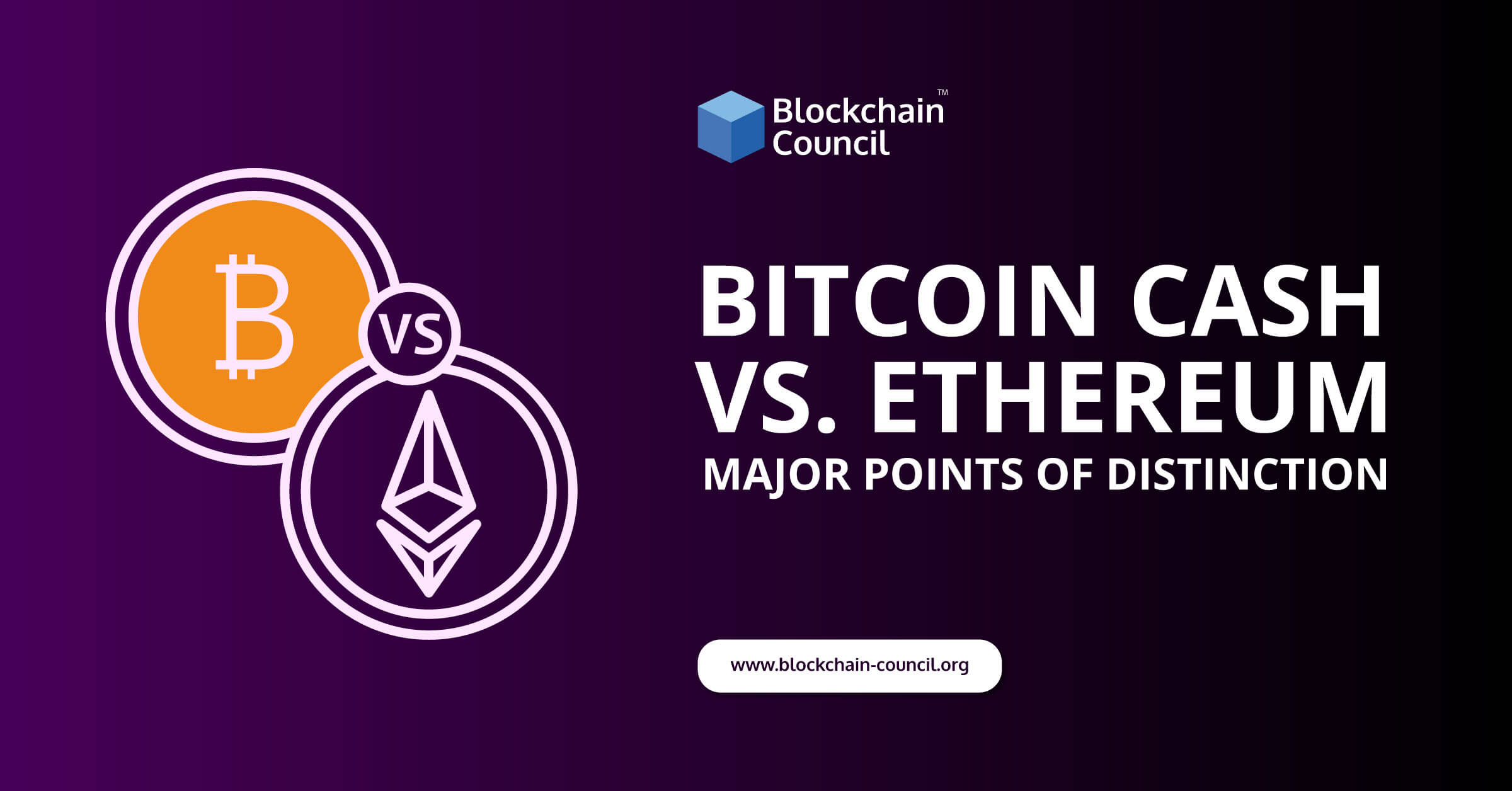
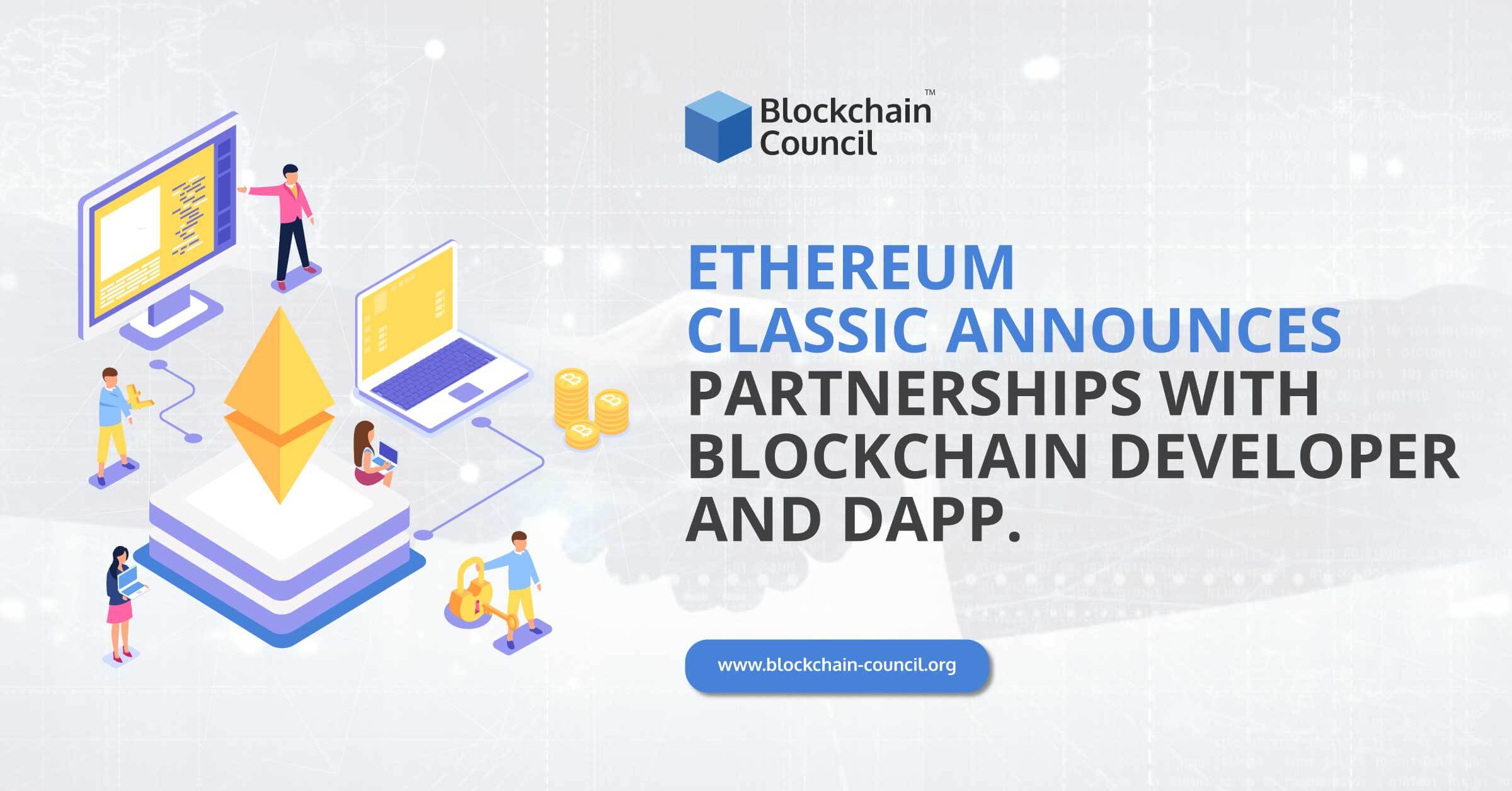
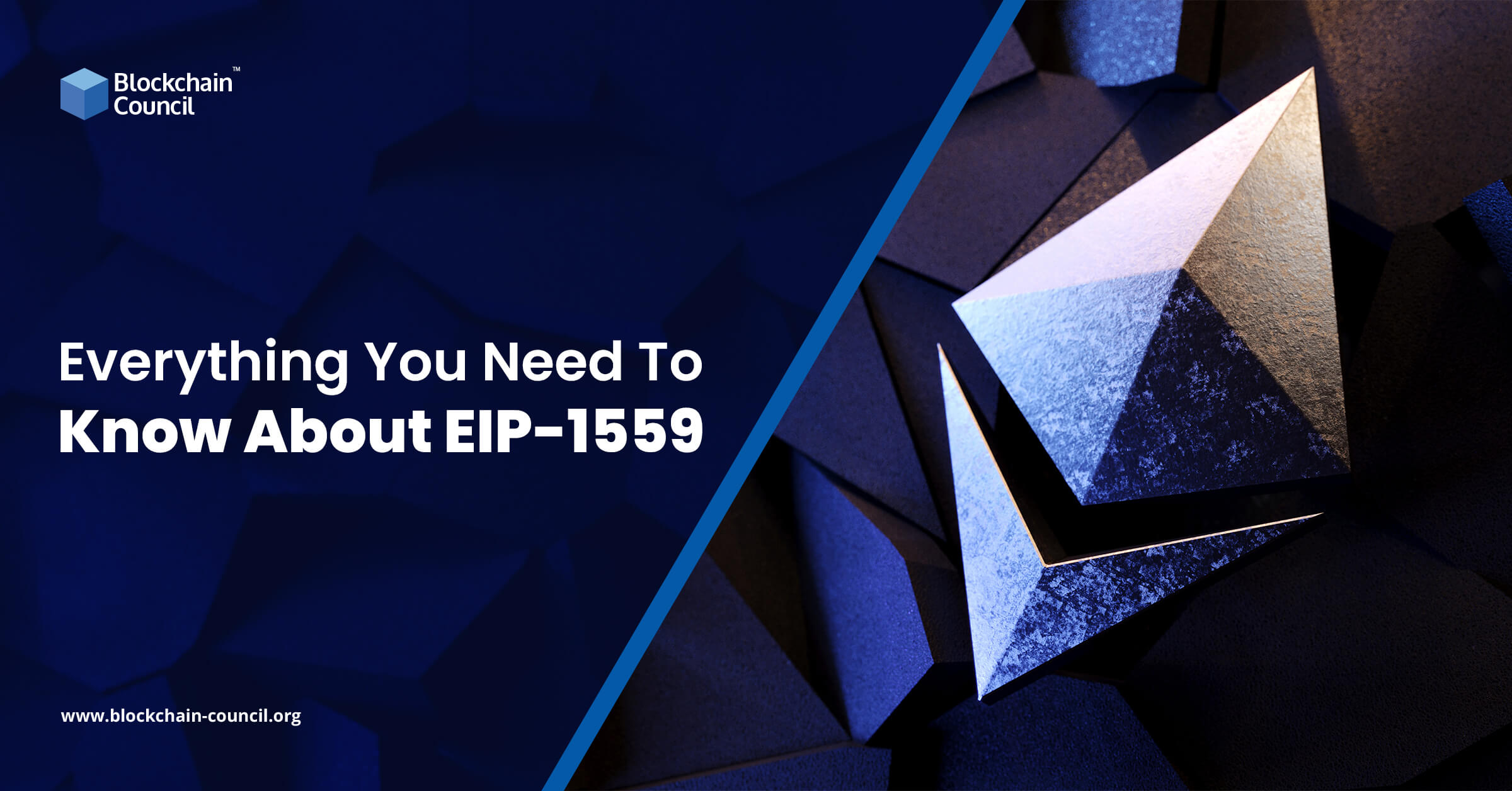
 Guides
Guides News
News Blockchain
Blockchain Cryptocurrency
& Digital Assets
Cryptocurrency
& Digital Assets Web3
Web3 Metaverse & NFTs
Metaverse & NFTs
